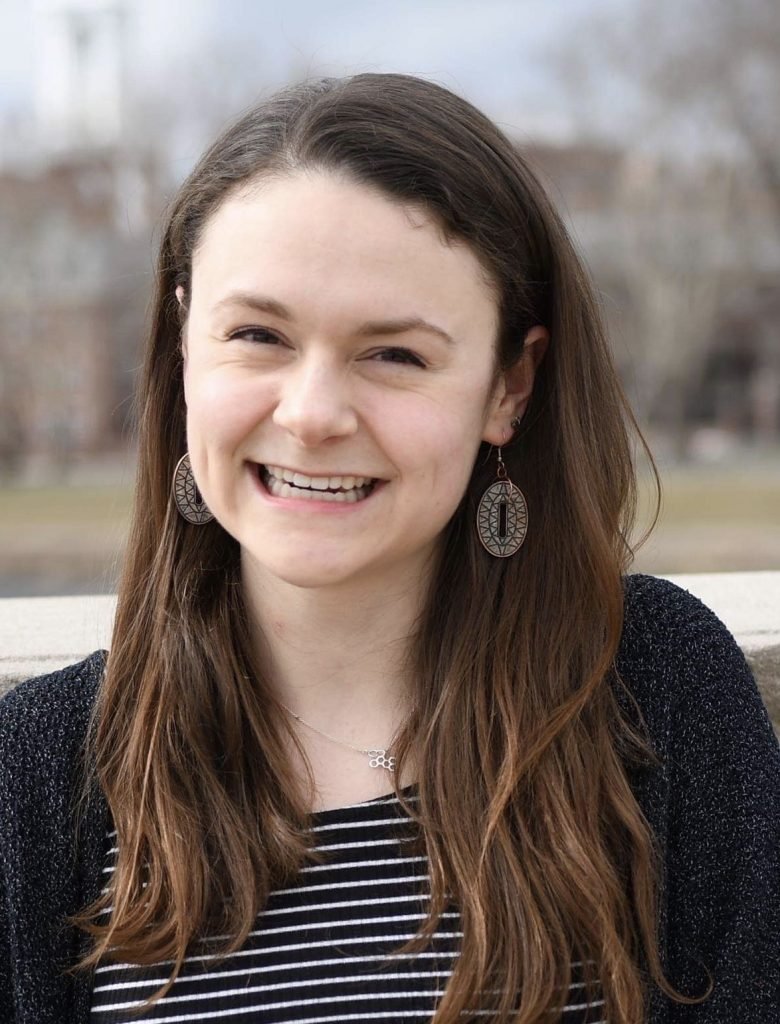Guest Speaker: Naomi Asimow
Graduate student researcher Naomi Asimow delivers an insightful presentation on the impact of COVID-19 on neighborhood-scale emissions and her work as a PhD candidate at the University of California Berkeley.
Shayna Blum, Vice President
What can high school students actually do to solve the climate crisis?
This was a question brought up in CCA’s meeting on Tuesday, November 22nd. The club hosted guest speaker Naomi Asimow - a researcher getting her doctorate at UC Berkeley who is working to track carbon emissions in different cities. She brought up this question during the meeting. Her research found that during the pandemic there was a decrease in carbon dioxide emissions mainly due to fewer people on the roads (due to the lockdown). This was a huge change in people's daily lives. During the shelter-in-place, barely anyone left the house and people's lives were drastically altered. The surprising thing is that despite the huge amount of individuals who weren’t driving anymore, carbon dioxide levels only decreased by a little – not enough to solve this global problem. Despite all the individuals who had completely stopped their lives and were barely on the road anymore, carbon dioxide levels continued to be produced in the sectors of manufacturing, electricity, and much more.
This data can tell us a lot about the action necessary for solving the climate crisis. The answer unfortunately does not really lie in the hands of the individuals. These problems are systematic and built into industries. Big changes need to be made to the fabric of society if we want to solve these problems. For example, instead of people driving less, we need to implement laws and infrastructure to support electric cars and public transport. Additionally, we need to adjust where our electricity is coming from by supporting and incentivizing renewable sources in order to decrease the amount of fossil fuel use. A lot of these changes involve people with a large economic and political impact, which can leave a lot of people feeling helpless.
This is certainly a feeling I have dealt with as a high school student. So is there anything that individuals can do that will actually make an impact? Although individual actions may not make a huge and immediate difference, they can affect people around you. This may be less of a change that will directly lower carbon emissions but a change that will affect the attitude of other people when they think about the climate. This “cultural change” is still very important because as high schoolers we definitely need to get people to care about climate change if we want to make an impact in the future. For this reason, the mindset of taking individual actions to help out the environment is important because it will affect the social climate around you. So even if going to a beach clean up or planting a tree, won’t solve the problem alone it is still an important step in the right direction. During high school, we can focus on making individual changes to get other people involved. Examples of this include writing letters to demand climate action from our local or national governments, signing petitions, and attending beach clean-ups and tree plantings. Additionally, we can get involved in how our schools dispose of waste and use electricity and water.
Ultimately as high school students, we still have the rest of our adult lives ahead of us. And with that comes the choice of a career and the impact we want to make on the world. This was an idea that Naomi highlighted during her presentation. Even though high schoolers may feel a bit powerless now – since many of us can’t vote or really get involved in policies that will fix a lot of the problems – we only have at max three more years of high school. In this time as high school students, it is crucial that we think about what we may want to do in the future. Because as more students become aware of this problem and want to go into a career to help solve the climate crisis (regardless of the approach: policy, science, infrastructure, etc.) we can become the next generation of people who can and will tackle this problem, by undoing previous systems and putting new ones in place.
